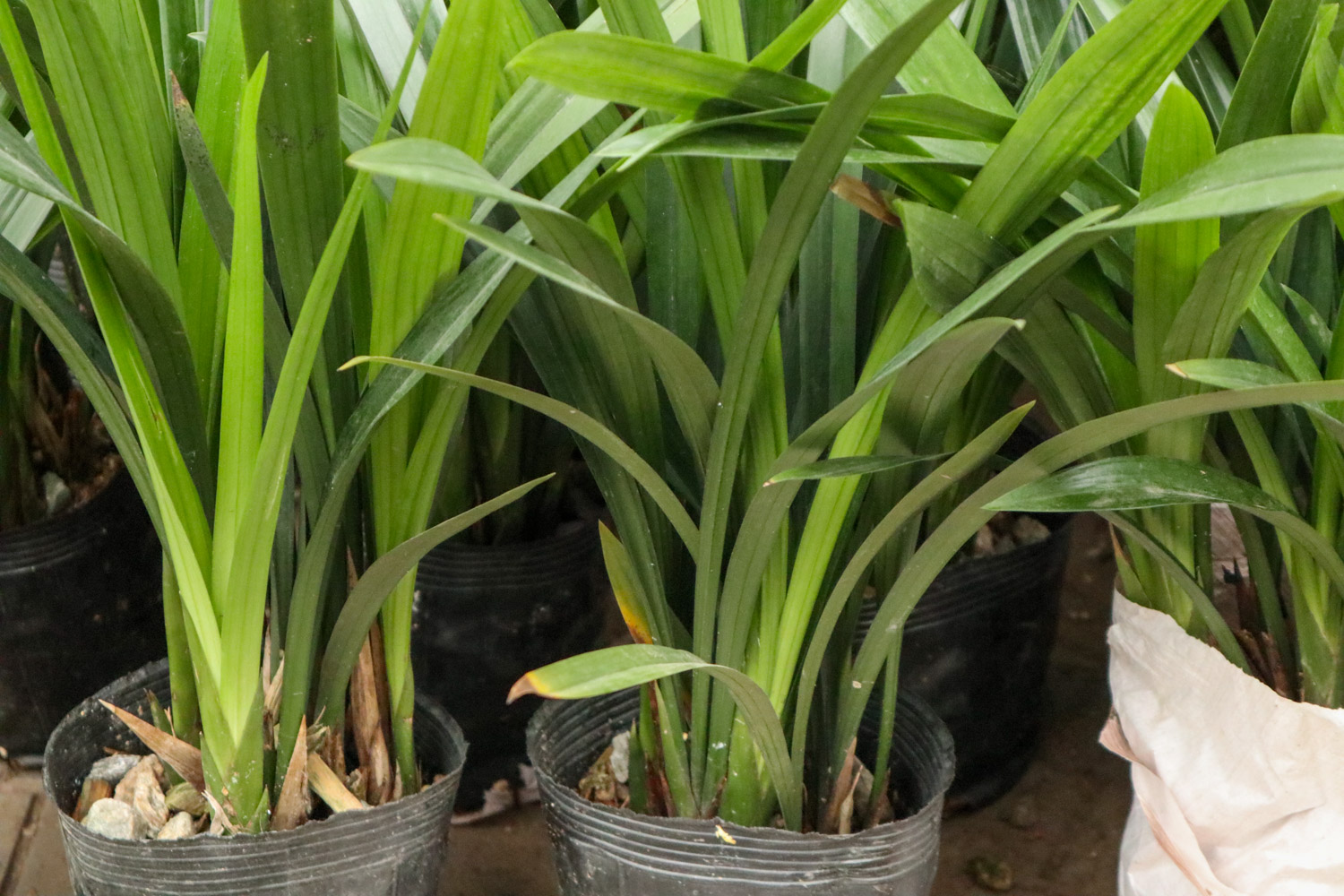1、 Temperature
The temperature is low in winter. It is necessary to ensure that the temperature is about 10-15 degrees. It is also acceptable to have a low temperature above 0 degrees for a short time, but it cannot be low for a long time, otherwise the yellow leaves will be frostbitten. Before cooling in early winter, the plants should be taken to indoor maintenance in time, and sufficient ventilation conditions should be ensured. In fact, it is difficult to achieve ventilation in winter. We should try our best to create an appropriately ventilated environment. If conditions permit, we can add some small fans as adjustments. During ventilation, avoid direct contact with the cold air blown into the window from outside to avoid freezing damage

2、 Illumination
In winter, it is necessary to ensure sufficient scattered light irradiation, and the plants cannot be directly exposed to the sun for a long time, otherwise the leaves will turn yellow and affect the viewing effect. They can be placed in the indoor living room

3、 Water and fertilizer
In winter, topdressing should not be too thick or excessive to avoid fertilizer damage. It is suggested to increase phosphorus and potassium fertilizer and control nitrogen fertilizer, which is more conducive to the breeding of flower buds and the promotion of flowering, and is also helpful for the coming out of the room in spring. When watering, do not dry or pour, and conduct appropriate water control

4、 Diseases and insect pests
If the indoor ventilation is not good, it is prone to diseases and insect pests. Generally, it is sprayed with protective bactericide once a month. Before entering and leaving the room, we can spray Bordeaux liquid on orchids to prevent diseases. For scale insects, once they occur, they can be removed in time

 how many times do yo...
how many times do yo... how many planted tre...
how many planted tre... how many pine trees ...
how many pine trees ... how many pecan trees...
how many pecan trees... how many plants comp...
how many plants comp... how many plants can ...
how many plants can ... how many plants and ...
how many plants and ... how many pepper plan...
how many pepper plan...





























